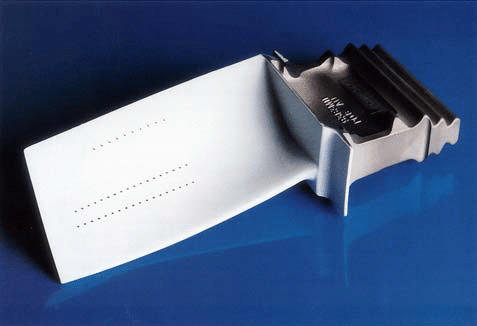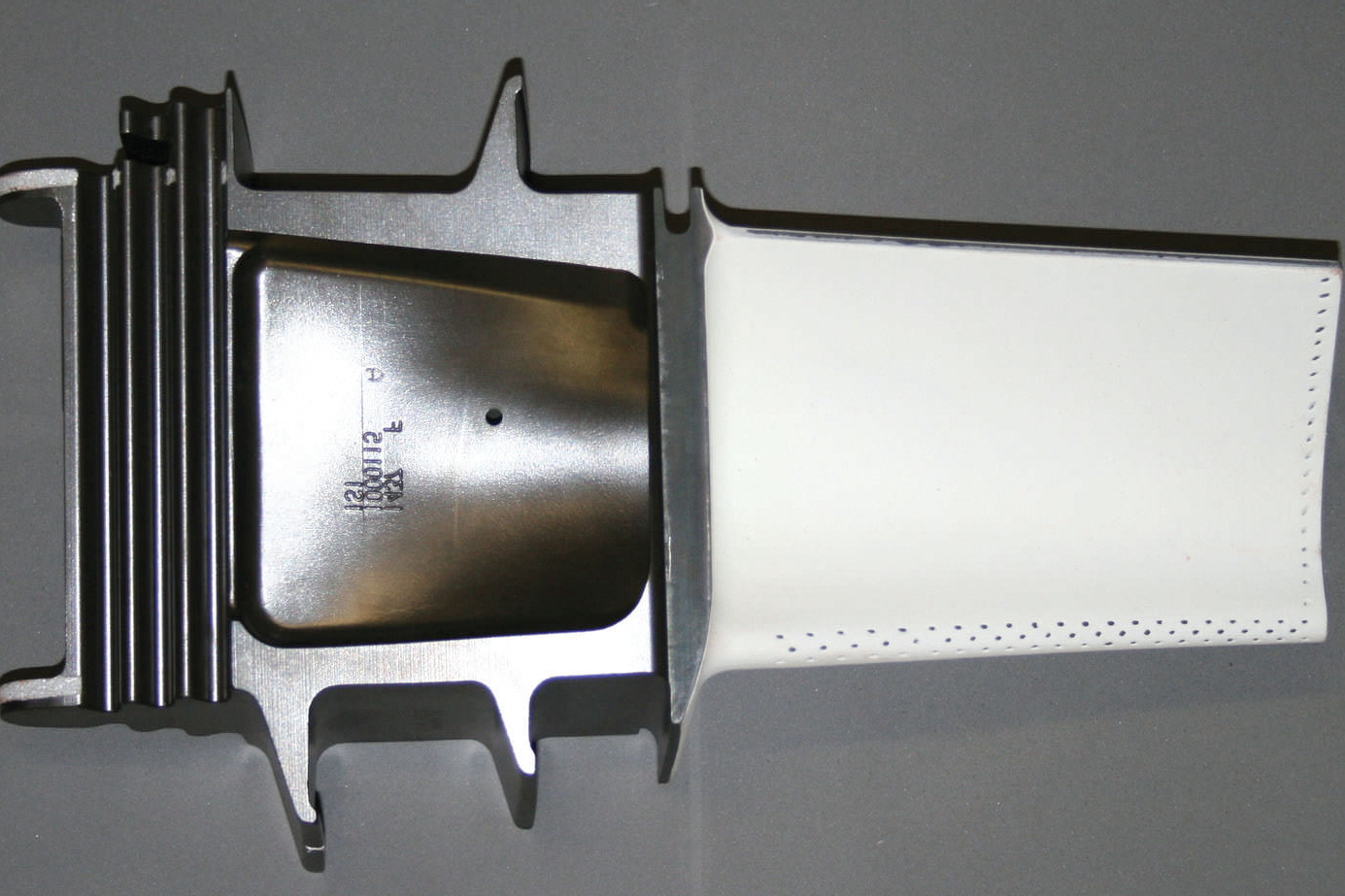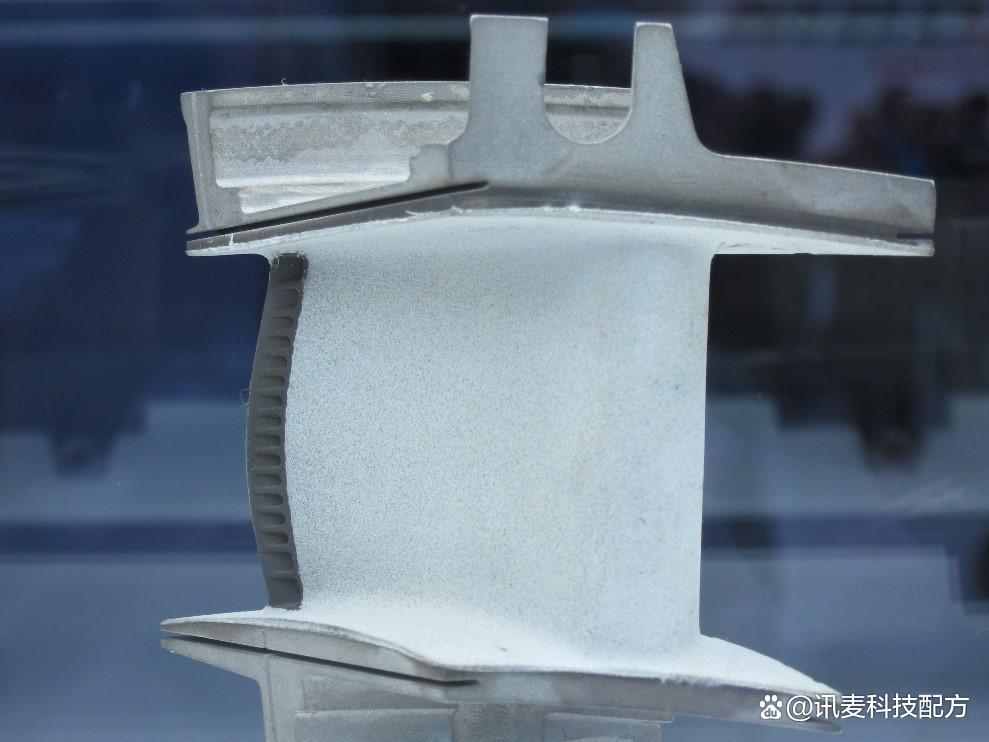How do TBCs enhance the performance of parts in high-temperature environments?
How Do TBCs Enhance the Performance of Parts in High-Temperature Environments?
Surface Temperature Reduction and Thermal Fatigue Resistance
Thermal Barrier Coatings (TBCs) significantly improve high-temperature performance by reducing the surface temperature of 3D printed components. Typically made from ceramic materials like yttria-stabilized zirconia (YSZ), TBCs provide a thermal gradient barrier that insulates the underlying metal. This protection reduces substrate temperature by 200–300°C, enabling parts fabricated via Superalloy 3D Printing and Titanium 3D Printing to operate safely in combustion chambers, turbine sections, and exhaust manifolds.
By delaying oxidation, creep deformation, and thermal fatigue, TBCs extend the functional lifespan of parts like Inconel 625 nozzles or Ti-6Al-4V stators under high thermal cycling conditions.
Improved Oxidation and Corrosion Resistance
At high temperatures, metal surfaces oxidize rapidly, especially in aggressive gas environments such as jet engines and gas turbines. TBCs form a chemically stable barrier that limits oxygen diffusion and prevents corrosive gas penetration. This protection is especially beneficial for components in energy and power and aerospace applications where long-duration service life and minimal maintenance are critical.
The thermal barrier also helps maintain a consistent microstructure in the base material, reducing thermally induced phase changes and preserving mechanical integrity.
Increased Load-Bearing Capacity and Efficiency
By keeping substrate temperatures lower, TBCs allow designers to push performance limits—using thinner walls, lighter structures, or higher operational speeds without risking failure. This is critical in high-performance environments like automotive engines and aerospace propulsion systems, where maximizing thrust-to-weight ratio or energy conversion efficiency is a priority.
TBCs also reduce thermal gradients within parts, lowering internal stresses that would otherwise lead to cracking or warping during operation.
Recommended Services for Thermal Protection in Critical Applications
Neway offers a complete suite of services for producing and protecting high-performance thermal parts:
High-Temperature Material 3D Printing:
Superalloy 3D Printing: For turbine blades and exhaust parts requiring TBC compatibility.
Titanium 3D Printing: Ideal for hot-section structural and aerospace components.
Ceramic 3D Printing: For inherently heat-resistant components.
Thermal and Mechanical Strengthening:
Thermal Barrier Coatings (TBC): Enhances durability in combustion and thermal shock zones.
Heat Treatment: Improves grain structure and creep resistance under elevated heat.
Hot Isostatic Pressing (HIP): Consolidates internal structures for thermal load stability.



